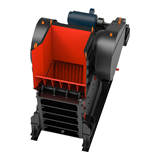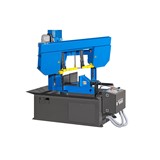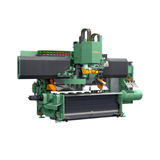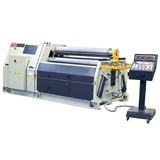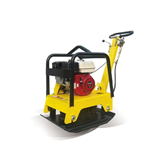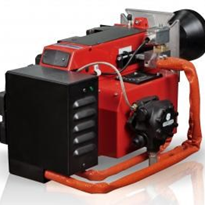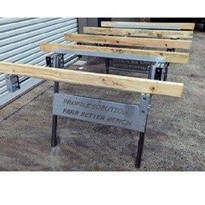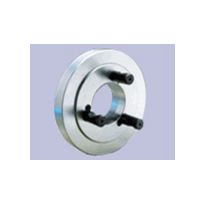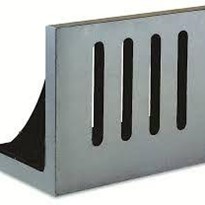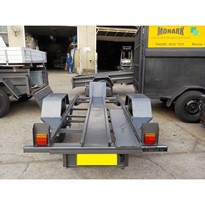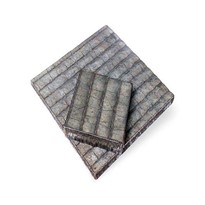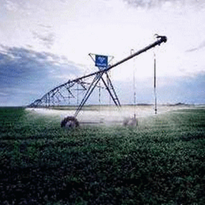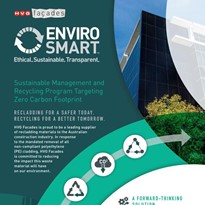Teralba Industries recently completed a special order for one of our long-standing customers Equilibrium Air Conditioning. The order was special for a few reasons – it was for a Sydney hospital, it was a special design, and it was for a special application.
So what’s so special about a Double Wall Plate Heat Exchanger? Double Wall Plate Heat Exchangers are a little bit different from normal Plate Heat Exchangers – they account for the very small chance that the plates could leak, allowing liquid from one side of the plate to contaminate the other.
As the name suggests, it has a second plate welded to each normal plate at the ports. This leaves a tiny gap between the welded plates, which is where any potential leaked fluid would flow – staying isolated, alerting us that there is a leak and allowing us to change the leaking plate. In a Single Wall Plate Heat Exchanger, this leak could very well go unnoticed and cause cross contamination.
One such special application is the creation of potable water or improved drinking water. This particular Sydney hospital creates its own potable water, and our special Heat Exchanger has an important role to play in getting it ready for human consumption!
The water is treated several ways to remove any nasties including bringing the water to boiling temperature. Once it has been treated and all the gross bits have been removed, it’s time to chill the water. The water is then pre-cooled by being put through one side our trusty Double Wall Heat Exchanger, while cooling tower water is put through the other.
This tower water is the reason that the special design comes into play. Tower water is exposed to the elements and can be full of dirt, sticks, bugs and all sorts of other lovely things! If one of the plates was to fail, the tower water would contaminate the newly clean drinking water and it would be all over.
What? Why don’t we cut out the middle man and put the water directly into the chiller? You want to do away with our special Heat Exchanger?! Well let me tell you why. To put the near boiling water straight into a chiller, you would need an extremely large, extremely powerful chiller – more affectionately known as a power sucker! By pre-cooling the water, the chiller can be small enough to fit into the designated space at the hospital. Pre-cooling the water is also much more cost effective because it doesn’t cost anything to have to cooling tower water stored and on hand when it is needed.



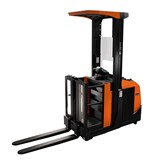
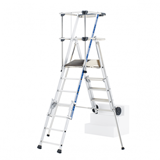

-160x160-state_article-rel-cat.jpg)

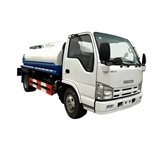
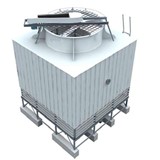
-160x160-state_article-rel-cat.png)


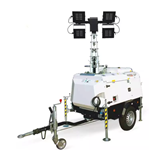

-160x160-state_article-rel-cat.png)

-160x160-state_article-rel-cat.png)
